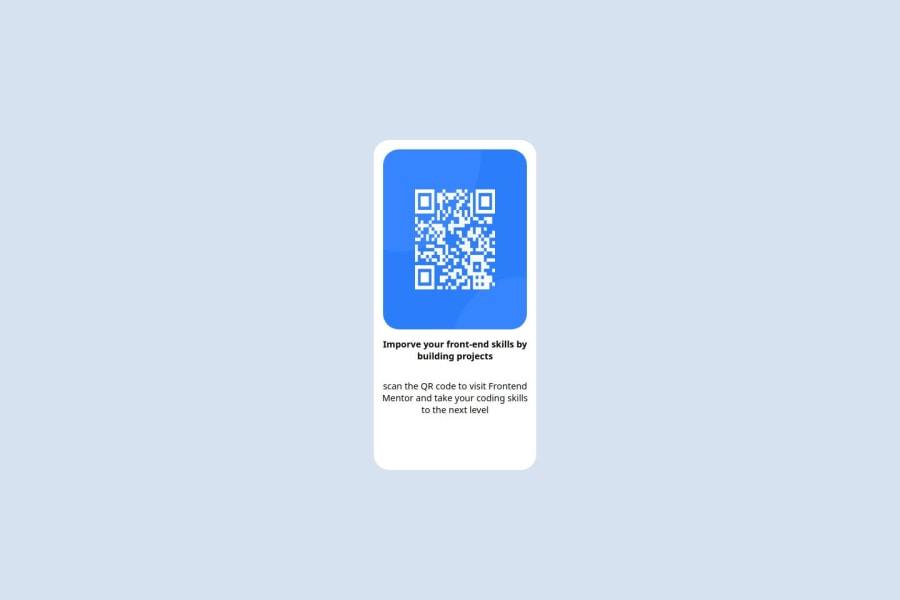
Design comparison
Solution retrospective
I am most proud of the fact that I got it looking good on a desktop and also on a mobile. It is not perfect and could definitely do with some refinement but I am proud of it. Next time I would like to find a better way to size and position my elements so that it is less manual to change the sizes of elements.
What challenges did you encounter, and how did you overcome them?I struggled with the component being completely wrong on a mobile device. To overcome this I used media queries and changed the values so that it looked good on mobile. I also struggled with having to do a lot of sizing and position manually. I didn't really overcome this very well but I am hoping to find a better way to do it in the future.
What specific areas of your project would you like help with?I would love help with figuring out a better way to do spacing, positioning and sizing. I belive this would also help with my other problem of my component being unreadable on different devices.
Community feedback
Please log in to post a comment
Log in with GitHubJoin our Discord community
Join thousands of Frontend Mentor community members taking the challenges, sharing resources, helping each other, and chatting about all things front-end!
Join our Discord
